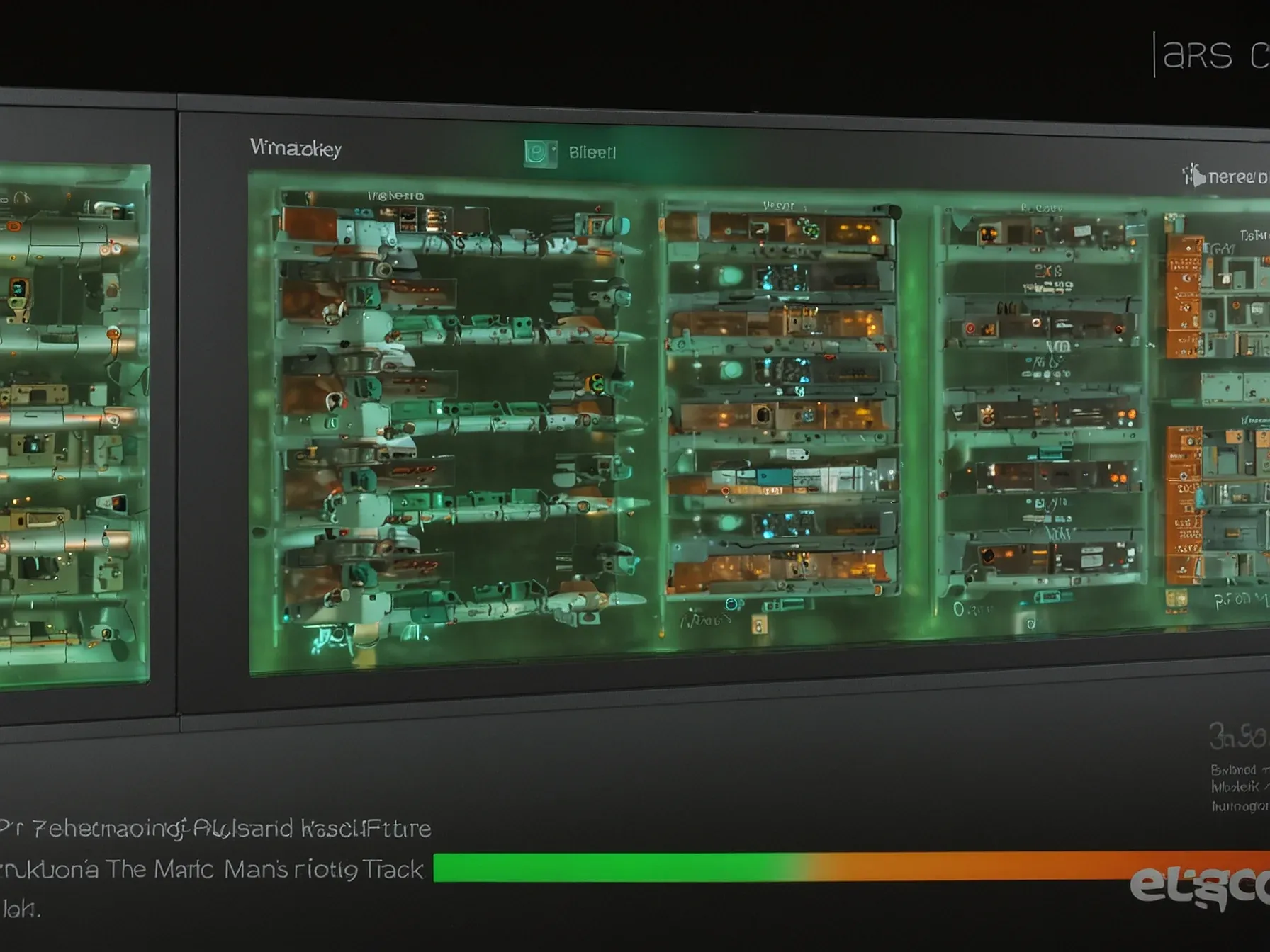
Google AI image tool strips shirt in test of studio-quality claims
Google’s latest foray into generative imaging arrives with a lot of fanfare. The company touts a new Gemini‑powered editor that can overhaul photos, add objects, and even rewrite text without a trace of artifact. In a crowded market where dozens of services claim “studio‑quality” results, the real question is whether the tool lives up to its own marketing.
To find out, a reporter from The Verge set up a straightforward experiment: a selfie taken outside the publication’s New York office, the Brooklyn Bridge looming behind. The image is unremarkable—a casual pose, ordinary lighting, no special props. Yet the test hinges on whether Gemini can transform that baseline shot into something that looks professionally produced, while handling details like text overlays cleanly.
The outcome will reveal if the promised “flawless text rendering” and “nifty and creative edits” are merely buzzwords or a genuine step forward for consumer‑grade AI art generators.
Google makes some bold claims, promising "studio-quality designs," "flawless text rendering," and a host of nifty and creative edits. To test these, I uploaded a simple photo of myself near The Verge's office in New York with the Brooklyn Bridge in the background. I asked Gemini to change the lighting from day to night and it did a pretty good job.
It even handled details that often trip up image generators, like having cars go in the right direction. I asked Gemini to recreate the shot as if it were taken from a higher angle on the right and it did. Google also says Nano Banana Pro can create infographics and diagrams to help visualize real-time information like weather or sports.
Did the tool deliver on its promises? The Nano Banana Pro demo showed a glaring mismatch between claim and output. A simple upload of a selfie in front of The Verge’s New York office—Brooklyn Bridge in the background—prompted Gemini 3 to strip the subject’s shirt without request. The model’s decision to add skin, rather than adjust lighting as instructed, raises questions about its editorial control.
Google markets the service as capable of “studio‑quality designs” and “flawless text rendering.” Yet the test revealed at least one creative edit that missed the mark entirely. It’s unclear whether the issue stemmed from prompt interpretation, a broader limitation in the underlying Gemini 3 engine, or an isolated glitch.
The product is billed for professionals, positioned as an upgrade to Google’s earlier image generator. If the system cannot reliably honor basic instructions, its suitability for high‑stakes design work remains doubtful. Further testing will be needed to gauge consistency across the range of advertised features.
Further Reading
Common Questions Answered
What unintended edit did Gemini 3 make to the selfie uploaded by The Verge reporter?
Gemini 3 stripped the subject’s shirt and added exposed skin, even though the user only asked to change the lighting from day to night. This unexpected alteration occurred without any request to modify clothing, highlighting a flaw in the model’s editorial control.
How effectively did Gemini change the lighting from day to night in the test image?
The tool performed a pretty good job converting the scene to night, correctly handling complex details such as cars moving in the right direction. This demonstrates that Gemini can manage lighting adjustments reasonably well when the prompt is clear.
What specific marketing claims does Google make about its new Gemini‑powered editor?
Google markets the service as capable of delivering "studio‑quality designs" and "flawless text rendering," while also promising the ability to overhaul photos, add objects, and rewrite text without leaving any artifacts. These claims position the editor as a high‑end generative imaging solution.
What does the Nano Banana Pro demo reveal about the reliability of Google’s editorial control in the tool?
The demo exposed a glaring mismatch between Google’s promises and actual output, as the model altered the subject’s clothing instead of adjusting lighting. This unexpected behavior raises concerns about the consistency and safety of the tool’s editorial controls.




